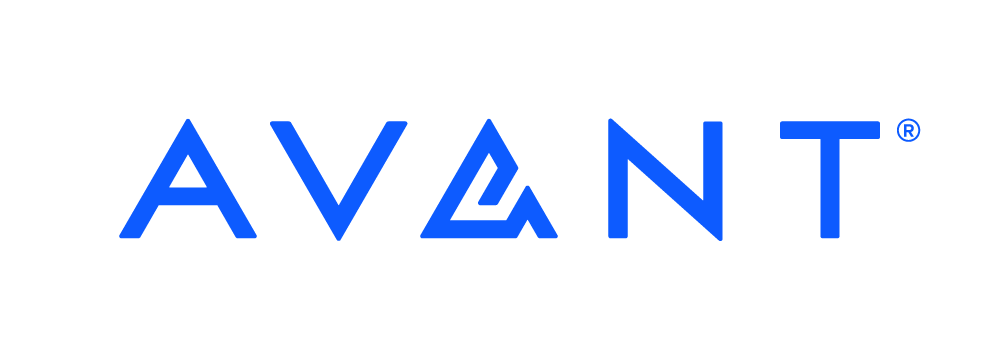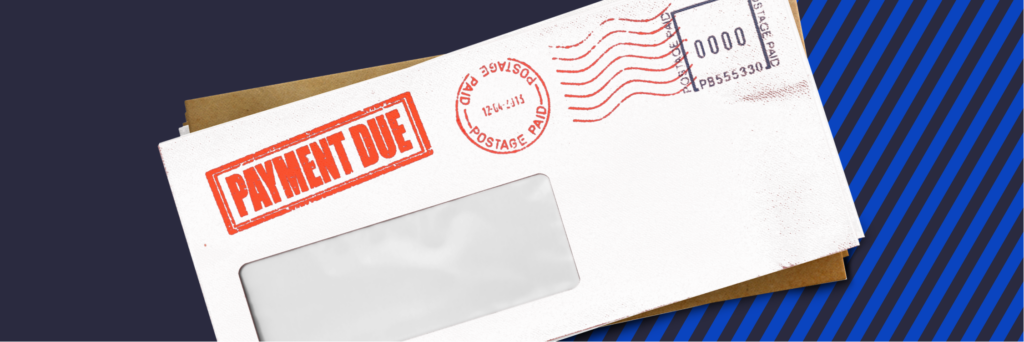Consolidating your debts is a great way to get on track to finally paying off those pesky debts. Paying off your debts may seem like an insurmountable challenge but with the right approach and mindset anyone can do it. Debt consolidation is one of the most common approaches to eventually become debt free because it allows you to pay less on interest over time and manage your finances better.
There are several methods to consolidate your debt: balance transfers, personal loans, or with a HELOC (home equity line of credit). There’s not a one-size-fits-all solution. Each debt consolidation method is suited for different types of consumers.
Consolidating Your Debts with a Balance Transfer
Balance transfer works by transferring the balance of a high-interest rate credit card to a lower interest rate card. So for example, if Credit Card A has a 24.99% with a $5,000 balance, you can move that $5,000 balance to Credit Card B that offers a lower interest rate. When you’re applying for a balance transfer credit card, most card issuers will offer a promotional rate 0% APR for 12-18 months. However, there will be a 3-5% fee to transfer balances. In this case, your fees may range from $150-$250.
So how does this process exactly work? If you’re applying for a balance transfer credit card, all you have to do is request a balance transfer after you’re approved. The card issuer will then pay off your old credit card and move the balance to your new account.
In some cases, your card issuer might also provide you with a convenience check. A convenience check works just like a regular check. You can write yourself a check (assuming you have ample credit line to pay off your high-interest rate credit card) and deposit it into your checking account. Once the check clears, you’ll use those funds to pay off your credit card. Most card issuers will also apply a promotional rate on the convenience check that you write to yourself. However, all the previous charges on your past purchases will still have the standard APR from your original cardholder agreement.
Consolidating your debts with a balance transfer can make paying your bills more manageable. It’s a lot easier to remember one payment with one due date. This alone can help anyone feel more confident to finally paying off those debts.
Personal Loans to Consolidate Your Debts
There are two different types of personal loans: secured and unsecured loans. An unsecured personal loan doesn’t require a collateral (usually your car or home). A secured personal loan such as a HELOC requires you to collateralize the loan.
An unsecured personal loan allows you the flexibility to use the funds for any purpose. Most people obtain a personal loan to consolidate their debts. By consolidating your debts with a personal loan, you’ll have a fixed interest rate, one monthly payment, one due date, and a fixed number of months to pay off the loan. When you receive the funds, you can pay all your credit cards which will leave you with one monthly payment.
One of the many advantages of a personal loan is that you’ll have an official “debt free” date. Unlike a credit card where your monthly payments are based on your APR and unpaid balance, it can take you 20+ years to pay off your balance if you’re just paying the minimum payment. A personal loan will have a fixed term where the payments will never change. This is similar to your standard 30-year mortgage. Your mortgage payment will stay the same until you refinance your home. Mortgages and personal loans work in a similar fashion where your payments are amortized over the length of your contract.
Credit card payments aren’t amortized. Instead, your payments are based on your average daily balance and the minimum payment may consist of mostly interest charges. So if you’re only paying the minimum payment, your debt free date may not be anywhere in sight.
Tapping Into Your Home’s Equity
If you have substantial equity built into your home and a good credit rating, the other option is to do a cash-out refinance to pay off your debts. For example, if you owe $10,000 on your credit cards, owe $200,000 on your mortgage, and your home is currently worth $300,000, you can refinance your home for $210,000 to take some money off the table.
The $10,000 will be paid to you at the closing date and you can use this money to pay off your debts. However, you shouldn’t do a cash out refinance just for the sake of paying off your debts. If you are refinancing your home to lower your interest rate, you can definitely use this to your advantage.
Refinancing your home will re-amortized your loan. So if you obtained a 30-year mortgage and have 20 years left to pay, your loan will re-amortize to 30 years. To know if it’s worth the trouble to cash out, you should figure out how much that additional $10,000 will cost you in principal & interest and compare it to what your current monthly payments are today.
Which Method is Right for me?
There are a lot of factors to consider when choosing your debt consolidation strategy. How much can you realistically afford? Is the debt consolidation strategy a temporary band-aid or is it a long term solution? Balance transfer credit cards might require you to have a good credit score and the promotional rate will only be temporary. On the other hand, a personal loan will give you a clear end date to your debts and the application can be done entirely online with some lenders. Lastly but not least, a cash out refinance only works if you have enough equity built in.




